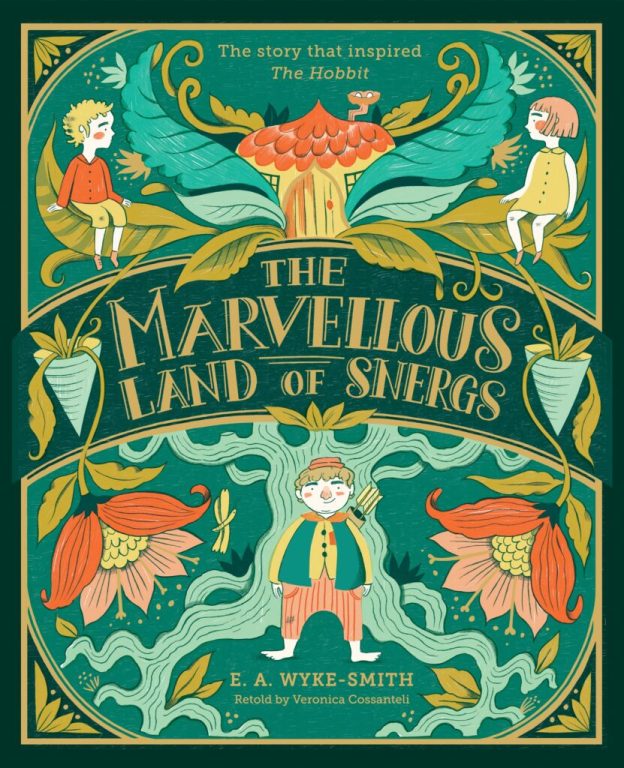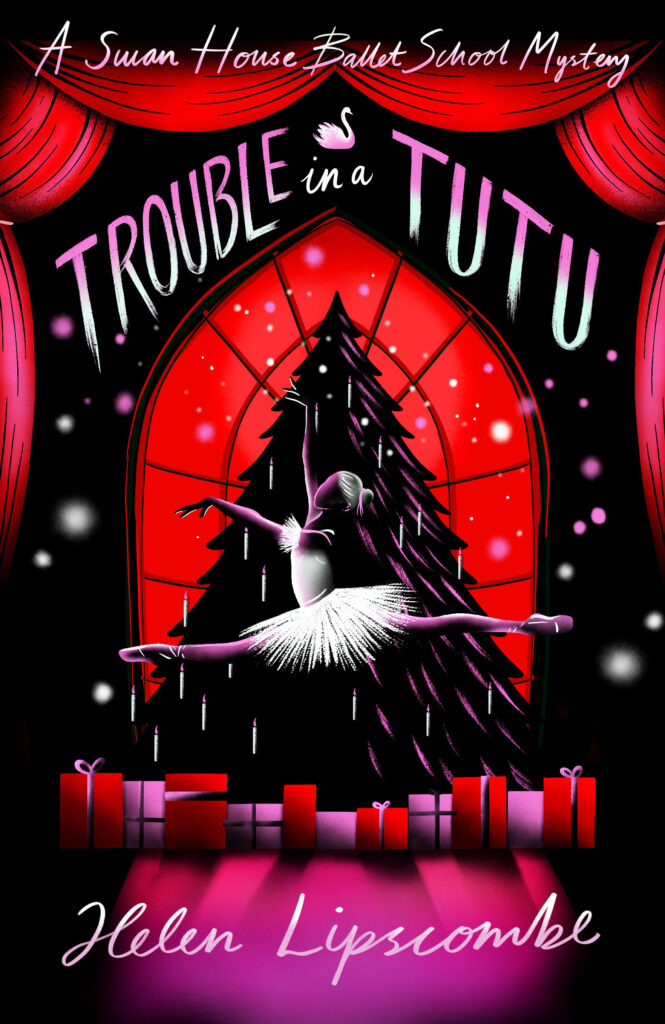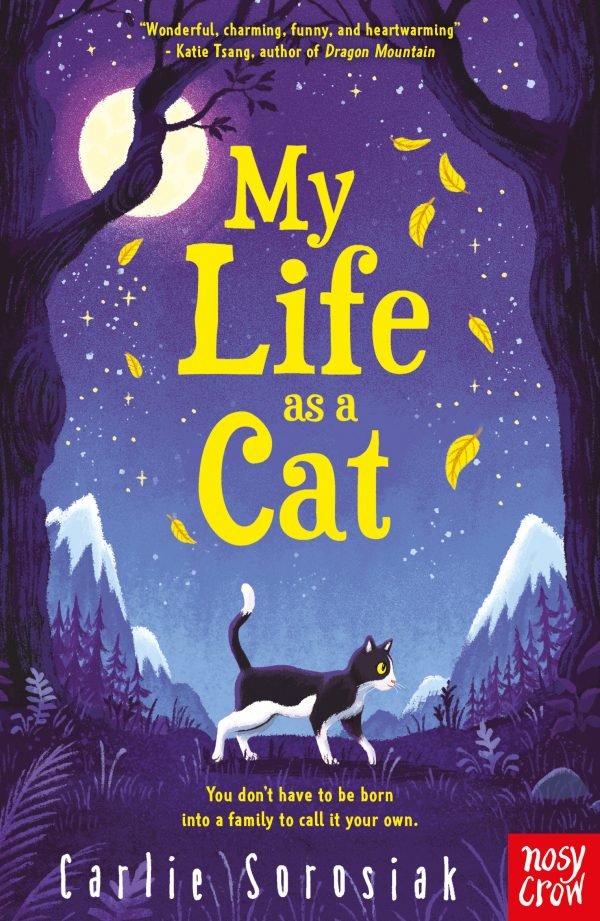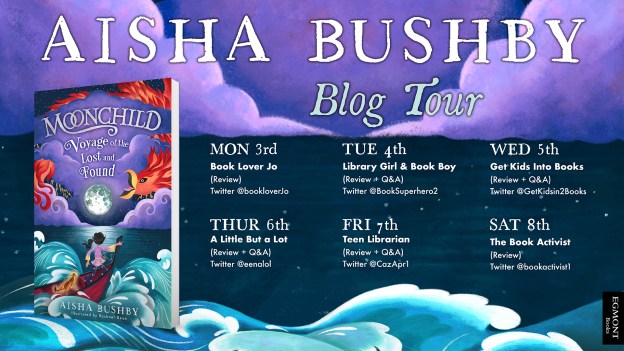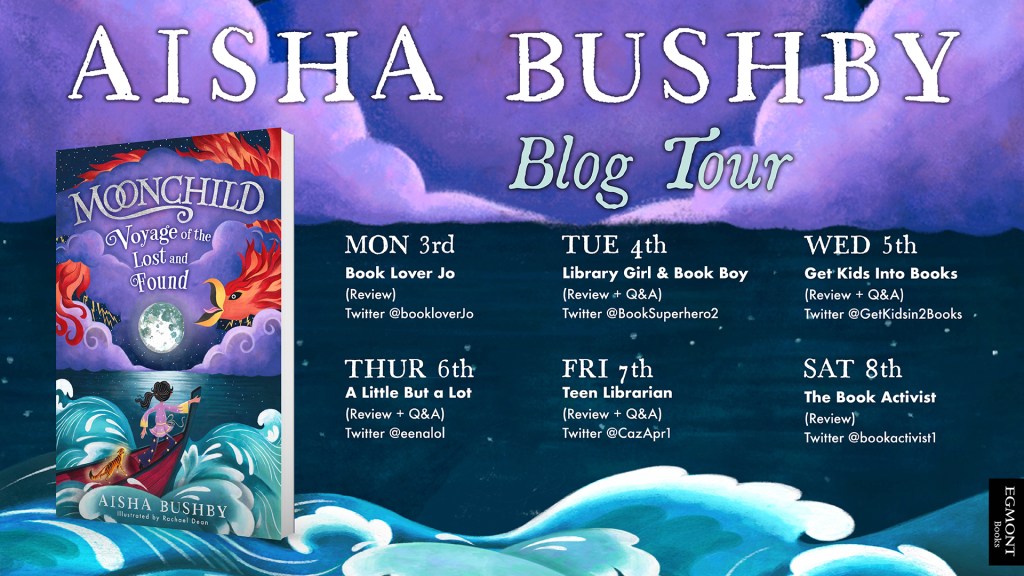Take a trip to a magical isle and be swept away by song, in this wonderful tale by Nicholas Bowling, Song of the Far Isles. It’s the final day of the blog tour and I’m sharing a musical instrument-inspired guest post from the author!

Music is the life-blood of Little Drum, one of the Far Isles, feeding the souls of all who live there – those alive and the ancestors who now exist as ‘ghasts’. Oran plays the cithara, her birth instrument, and such is her skill even at her young age, she plays as though it is part of her, inspiring and thrilling all who listen. All this is brought to a stop by the arrival of the the Duchess from the mainland, along with an order for silence – no more music. Ever. A threat to the very heart of the community, Oran is determined to save her home and life as she has always known it. So begins a quest to find the mythical instrument that might just hold the key to changing the Duchess’ mind, taking Oran and her ghast friend Alick to places they can only imagine. Beautifully told, Song of the Far Isles is lyrcial to it’s core, showing the wonder and power of music to bring life, love and liberty to all.
I’m delighted to welcome author Nicholas to the blog today, with a wonderful guest post sharing the meaning behind each of the instruments in the story. Welcome to the blog Nicholas!

The Nine Instruments of the Chorus
“While writing Song of the Far Isles, I thought a lot about why musicians choose their particular instrument – or why the instrument chooses them. I have played music long enough to know that the stereotypes of certain players (e.g. bassists: reliable, versatile, excellent lovers) are for the most part true. This led me to wonder whether there might be a sort of “zodiac” for the musicians of the Far Isles, in which a specific instrument might naturally attract, and develop, a specific set of emotional or physical attributes.
So, here they are: the Nine Instruments of the Chorus. Which one are you?
Cithara
The cithara is the first of the instruments, and the most versatile. It is unique in not having a specific partner-instrument, and will happily duet with any of the Nine. Cithara players are just the same – open-minded, open-hearted, friendly to all (even when they should be more circumspect). Cithara players are creative, imaginative, and often characterised as dreamers. They usually have an adventurous streak, and have difficulty seeing the seriousness and danger of certain situations.
Fiddle
Fiddle-players have long had to endure the age-old joke about being “too highly strung”. While it is true that they have a tendency towards worry, and do not cope well with change and disorder, they are also fiercely loving and selfless souls. They are tireless workers – often on the behalf of others – and their quick fingers make them exceptional craftsmen and women.
Barrow fiddle
Traditionally the accompaniment to funeral song, players of the barrow fiddle are, like their instruments, a thoughtful and melancholy bunch. In general they are self-sufficient and happiest in their own company, but the friendships they do form are incredibly strong. To those who know them they are loyal, trustworthy and can always be relied upon for sound advice and a sympathetic ear.
Sea Horn
Brash and brassy, players of the sea horn are perhaps the most confident of musicians. They are born leaders. They love to be in the company of others, and others love to be around them – not least to catch their jokes and stories. Typically, sea horn players have incredible amounts of energy, and are known to be spontaneous to the point of recklessness. Underestimate their mood swings at your peril…
Bombard
Bombard players are renowned for being deeply affectionate and soulful sorts (the bombard is often known by its colloquial name, “the lover’s pipe”). They want nothing more than to please other people, and the courtship of a bombardist can be a wearisome thing. They are, like fiddle players, incredibly hard workers – although, unlike fiddle players, they are also impossibly disorganised. Always best to give a bombard player one task at a time.
Reed Pipe
Reed pipers are often hard to pin down – never happy to settle in one place, or at one task, for too long. They have a reputation for being flighty, changeable and unreliable, but at the same time there is no one with quicker wits. Many a time has an over-confident sea horn player found themselves on the sharp end of a reed piper’s tongue. And their feet are quicker still – with the smallest and lightest of the instruments, they are the best dancers on the Four Seas.
Bagpipes
Bagpipers are some of the most gregarious musicians in the Far Isles – great talkers, great storytellers, and (as the stereotype goes) great eaters and drinkers. Only cithara players can compete with their friendliness. They are known for their patience and compassion, and are nearly impossible to rouse to anger. On the rare occasions when they give in to their emotions, however, best set sail for another island…
Bodhran
The role of the drum is to hold a song together, so it is unsurprising that bodhran players are the most steadfast and reliable of islanders. They say what they mean, and they mean what they say. A drummer is often called upon to settle disputes between more “passionate” instruments – in fact, they can be so diplomatic and even-handed that they seem to lack any feelings at all. Do not be fooled by this. Under a bodhran player’s thick skin is a warm heart and a wicked sense of humour.
Handpan
The handpan Is perhaps the oddest instrument in the Far Isles – somewhere between percussion and a tonal instrument – and handpan players are, without exception, eccentric folk. Their minds seem to work in ways that other musicians cannot fathom, which means they often befriend each other (or just talk to themselves). But beyond their outward strangeness they are fiercely intelligent, perceptive, and imaginative. They often see solutions to problems where everyone else has failed.”
SONG OF THE FAR ISLES by Nicholas Bowling out now in paperback (£7.99, Chicken House) Follow Nicholas on twitter @thenickbowling and find out more at chickenhousebooks.com. With thanks to Chicken House for sending me this book to review and inviting me to participate in this blog tour. Don’t forget to check out all the stops on the tour:

